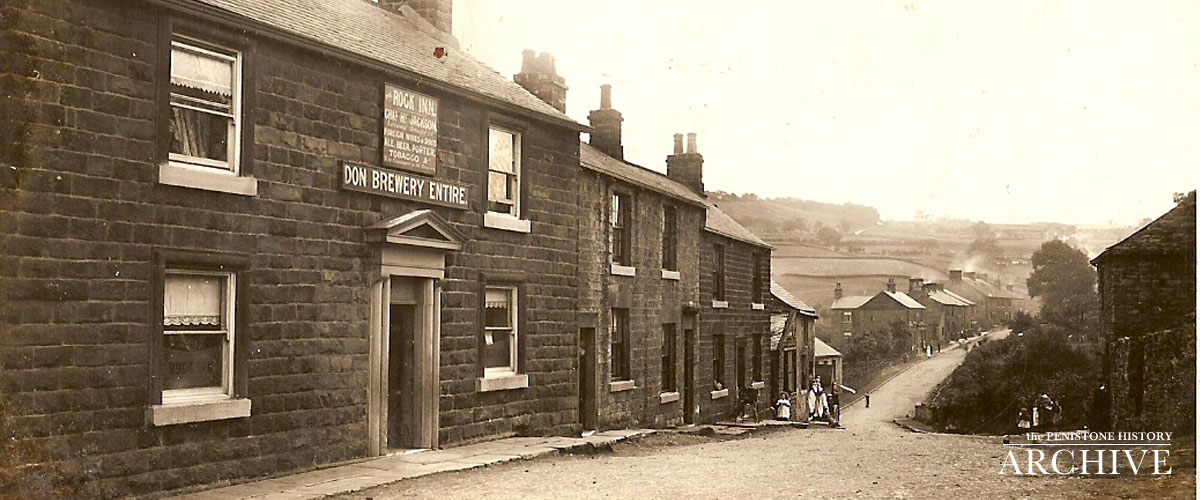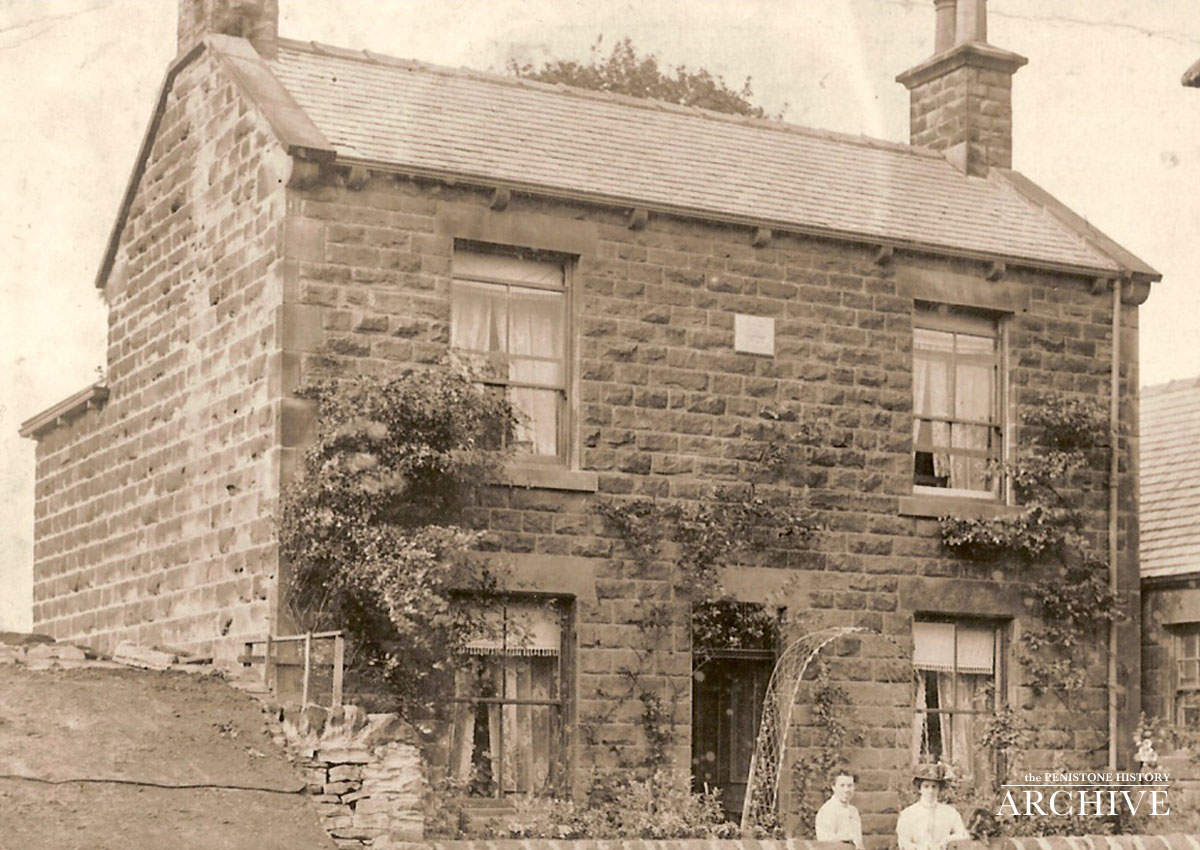Crane Moor
About a mile from Thurgoland crossroads is Crane Moor village. Crane Moor fell under the township of Thurgoland, and when Thurgoland became an independent parish in 1842 with the building of Thurgoland Parish Church, Crane Moor remained part of the parish. At one time it was a small hamlet, and employment was mainly in coal mining, agriculture and the iron-making and wire drawing industries. There were numerous small mines in the Crane Moor area. On the 1855 map two mines situated within the Thurgoland Parish boundary are shown in fields to the right of Hand Lane. In the Stainborough Parish, around the former area of the Mount Gerizim Primitive Chapel, the map shows a mine entrance on the path leading to the former Old Ford, South of Ratten Row was another pit and a day hole pit. Today only Ratten Cottage remains, to the south of where Ratten Row once stood.
John Swift
A notable son of Crane Moor, John Swift, born in 1814 was a coal miner. He worked his way up to become a mineral surveyor from 1861-1881 His first wife was Ann (nee Marshall) and they had five sons and a daughter. Edward (b1826), Henry (b1839), Edward (b1841), Sam Hattersley (b1844), Martha (b1845) and Walter (b1849). His first two sons died in 1841; hence the second Edward was born after the death of the first Edward. Ann died in 1851. He married Charlotte, his second wife, in the mid 1850’s and they had seven children; Robert Mountain (b1856), Colin Hague (b1858), Ann Amelia (b1860), Battley (b1862), Lora Francis (b1864), Marwood Major (b1866), and Frederick (b1868), John and Charlotte had Sim Hill House built in 1863 and a date stone in the house wall states ‘JCS 1863’. John was connected with the two Cliff Bridge pits at Crane Moor. The four eldest boys worked in the surveying business and the youngest was a tenant farmer at Stainborough Fold. When John Swift died in 1905 he bequeathed the business, the coal mines, farmhouse at Sim Hill and three cottages to Robert Mountain, the eldest son from his second marriage. To Colin Hague he left Sim Hill Cottage, Sycamore House and the land on which Cayenne House now stands. He left £100 each to Battley and Marwood Major, and £99 to Frederick, who had borrowed £1 when he was young and never paid it back. To his daughters he left nothing.
Crane Moor School
Crane Moor School was built between 1872 and 1873 and the school house between 1876 and 1877. Major alterations to the school, which took nine months to complete, began on 25 October 1927, and the school temporarily transferred to the Methodist Chapel. Another extension to the front was added in 1967, which provided new offices and inside toilets for the pupils. Final alterations, to integrate the school house with the rest of the school, were completed on 12 November 1975. The school closed ten years later.


